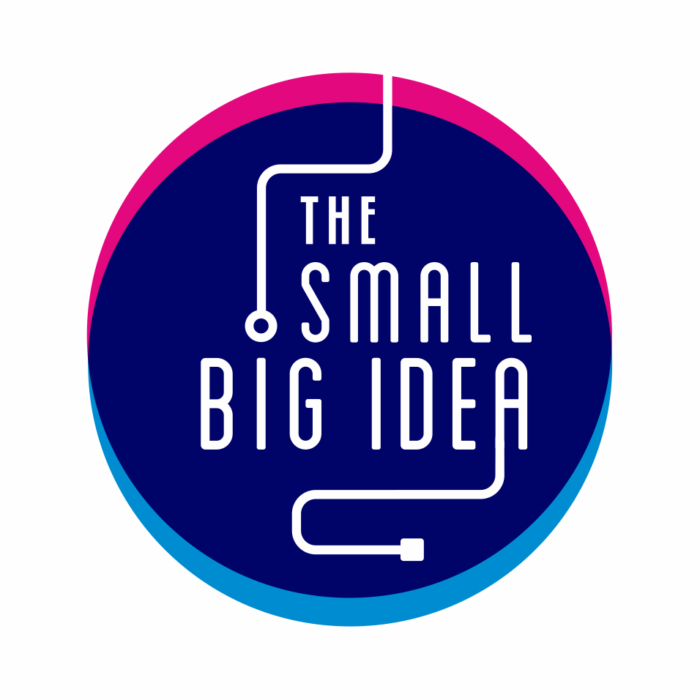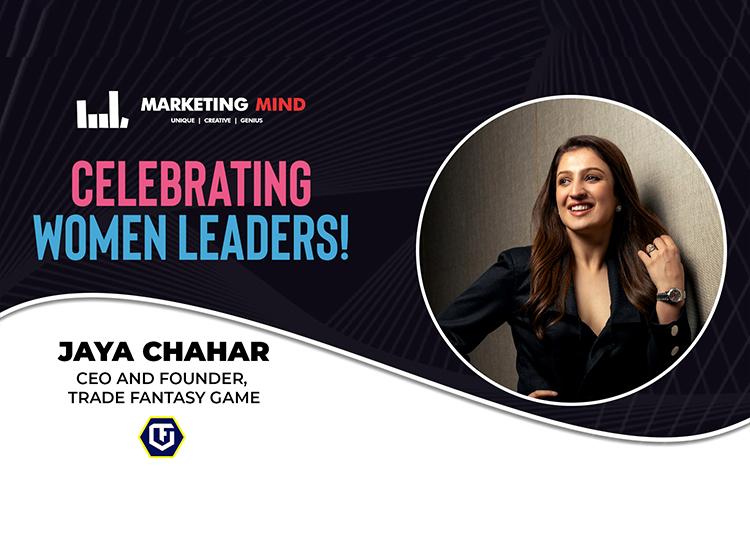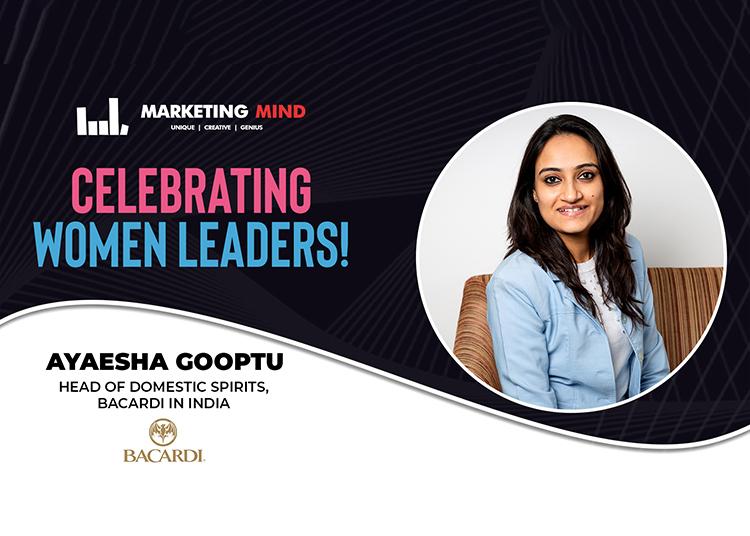Harikrishnan Pillai is the CEO and co-founder of TheSmallBigIdea, a full-service digital agency. Being a marketing head to brands before he set off on an entrepreneurial journey, Hari understands the pain point of consistency and quality of service delivery with service providers.
Armed with an MBA and a diploma in Innovation and Design from Sweden, Hari started his career with ZEE TV in the marketing team. Hari worked on some iconic shows like Jhansi Ki Rani (which brought back period drama on TV) &PavitraRishta (which helped ZEE regain the 9PM slot), Dance India Dance (the show that changed the future of dance reality shows in the country) & ZEE Cine Awards (Singapore). After a few successful years at ZEE, Hari moved as a brand lead for Thrill, a Joint Venture between Reliance Broadcast Network Limited and RTL Europe.

About The Small Big Idea:
TheSmallBigIdea is a full-service digital agency, with offices in Mumbai & Bengaluru serving client requirements in India, US, UK & Middle East. The company believes in combining the ability of technology to integrate and the power of human minds to visualize to deliver results for their clients. Their services include Social Media Management, Video Content Production, Digital Media Planning & Buying, Social Listening & ORM services, Augmented & Virtual Reality amongst other ancillary marketing services. Their propriety creative-tech tool ACE has enabled brands to arrive at campaign messaging by integrating insights from social sentiments & enterprise data. Over the past 5 years they have established a robust clientele in Media & Entertainment, Tourism, Sports & Education.

We got a chance to talk with him regarding how Movie Marketing has shaped in recent years. Check out what he has to say.
Looking back to your journey, where did it all begin? Also give us a brief about your journey so far.
We started TheSmallBigIdea in 2014, with the idea to bring our understanding of traditional marketing to the growing digital space. We were clear about one thing, we would build a business where the fundamentals are not compromised. Innovative problem solving combined with great delivery, building a people-first business, focus on data & analytics to drive creativity and a strong focus on the bottomline; these pillars have driven the business and will continue to drive it in the years to come.
Share some Marketing lessons you learned through your experience.
1. Numbers never lie. I am big fan of gut and intuition, but they are built with years of trial and error. Data allows you to reach the peak of gut and gumption early and hence helps you deliver faster. It helps minimize errors also back your hypothesis. For these exact reasons, we built a techno-creative product ‘ACE’ which allows brands to take measured decisions based on actionable insights.
2. Great ideas are pipe dreams without solid execution. We just don’t give clients ideas that make for great presentations, we value ROI the most. ROI could be measured by revenue or goodwill, but it has to have a clear outcome. We are high on pre & post evals.
3. Have a ground to the ear. Don’t let your behavior cloud your understanding of the audience habit. Constant audience connect is the only way for you and your brand to stay relevant.
4. Always tell a story. Transactions will keep happening. Your product or your brand has to be more than a number or an offer.
Describe the roles of Different Social Media platforms in Movie Marketing?
All platforms have a clear curated set of audiences. Facebook &Youtube are great for mass reach and video exposure, Instagram to connect with the fans of stars & influencers. Tik Tok is great to play up to the audience beyond the metros, reach out to fans of stars, help promote songs, dialogues and other assets. Other neo-social apps like Sharechat, Likee and Helo are showing promise in adding new audiences. Your strategy has to be a combination of all depending on what you are chasing and what your strengths are.
What are the major challenges you guys face while implementing a campaign in India?
We work in the US, UK & Middle East markets apart from India. US, UK & ME have a relatively homogenous audience set. Expertise in 2-3 languages can cover the entire market, internet penetration is high, so you can have a focused digital strategy and the cultural nuances are not so diverse. When it comes to India, it’s a pot pourri of cultures. Every state, every language, every dialect presents and opportunity and a challenge. The disparity in internet adoption is another challenge. But it’s sheer number and speed of growth directs us to a great future. Basis of this insight, we launched TSBI Bharat last year to cater to ever-growing regional Indian population and targeting the next 100 million digital users.
How is marketing a Movie different from other brands?
Marketing a movie is a time-bound focused effort. The product is made of people & stories, which has its own merits and challenges. The people/stars come with their own baggage and perception and stories define the way the movie is to be marketed. Also, there is no one size fit all communication. Each of the films demands different treatment. Products, on the other hand, have a linear growth in the narrative. The proposition has to be established and built on through repeated messaging. If there is feedback, you have the opportunity to work and respond, unlike in films the window is as short as a weekend. Brand marketing is a long journey, it’s like a bonfire. Movie marketing is more of a fire-cracker.
Meme Marketing Is Evolving In India. Do you see it as a good option in marketing movies?
Memes are great to keep the audience engaged. Who doesn’t love a good joke? It increases your opportunity to see, especially if it’s are a light-hearted or a comedy movie. But it’s just a part of the larger mix.
















